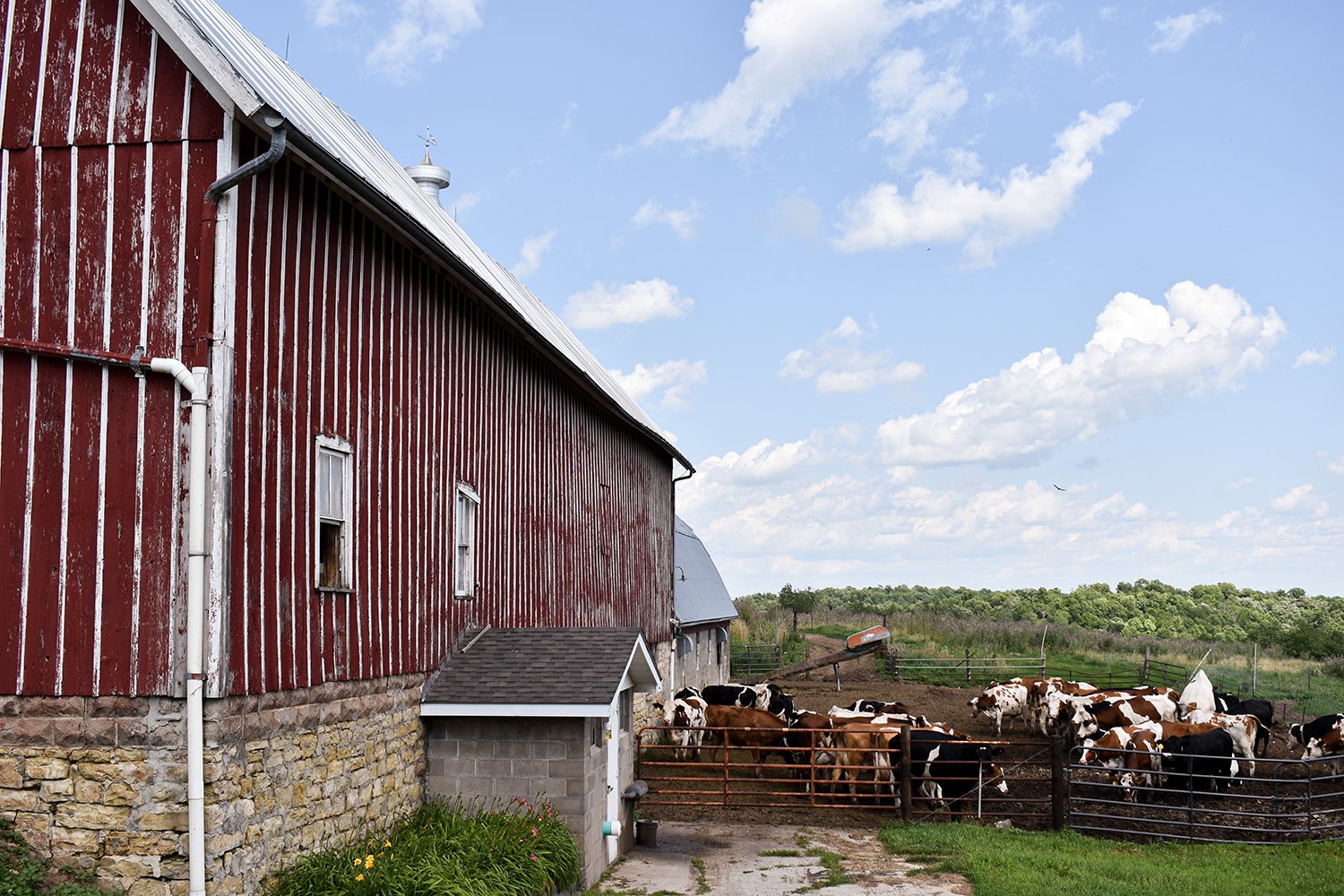How Organic Milk is Certified - Everything You Need to Know
We’ve all heard of organic, and many people have the sense that it is generally “more natural” or “more healthy,” but what does it actually mean? We’re here to answer your most commonly asked questions about organic dairy certification, including what it entails, who provides the certification, and what the regulations require.
What is Organic Dairy Certification?
Organic dairy certification ensures that dairy products, such as milk, cheese, and yogurt, are produced in accordance with strict organic standards. These standards guarantee that the dairy products come from animals that have been raised in a manner that promotes their well-being and the health of the environment. Organic dairy certification also prohibits the use of synthetic pesticides, antibiotics, growth hormones, and genetically modified organisms (GMOs) in the production process.
To learn What is Organic Milk?, check out our article decoding everything you need to know.
Who Provides Organic Dairy Certification?
In the United States, the responsibility for providing organic dairy certification lies with the United States Department of Agriculture (USDA). The USDA's National Organic Program (NOP) sets the standards for organic production and accredits third-party organizations, known as certifying agents, to conduct inspections and certify farms and processors as organic. These certifying agents ensure that farms and processors comply with the USDA organic standards.
Are There Dairy Regulations?
Yes, there are regulations in place for dairy production, both conventional and organic. Conventional dairy production is subject to general food safety regulations, which may include guidelines on pasteurization, storage, and labeling. In addition to the food saftey requirements, organic dairy production must adhere to the USDA organic regulations, which encompass various aspects of organic farming, including feed, animal welfare, pasture access, and the use of synthetic substances like hormones and fertilizers. These regulations ensure that organic dairy products meet the NOP’s strict organic standards.
How is Organic Milk Certified?
To obtain organic certification for milk, dairy farmers must comply with the USDA organic regulations, which cover different aspects of organic dairy production. Farmers are required to provide their cows with organic feed that is free from genetically modified organisms and has been produced without the use of synthetic pesticides or fertilizers. Additionally, cows must have access to the outdoors and graze on organic pastures whenever weather conditions permit (a minimum of 120 days per year), and they must receive a minimum of 30% of their diet from grazed forage from pastures during the grazing season. NOP standards also ensure that the animals are not given added hormones or antibiotics. Regular inspections conducted by USDA-accredited certifying agents verify compliance with these requirements.
How is Organic Production Defined?
Organic production is defined by the USDA organic regulations. It focuses on using natural methods and practices that promote ecological balance, conserve biodiversity, and prioritize animal welfare. It emphasizes soil health, crop rotation, the use of organic inputs, and the exclusion of synthetic substances.
Organic milk must meet the following criteria:
Organic Feed: Animals must be fed organic feed that is free from genetically modified organisms (GMOs) and has been produced without the use of synthetic pesticides or fertilizers. This ensures that the animals consume a diet that aligns with organic principles.
Access to Pasture: Ruminant animals must have access to pasture throughout the grazing season. They should be able to graze on organic pastures whenever weather conditions permit. This requirement promotes the animals' natural behaviors and allows them to obtain essential nutrients from grazing.
Animal Welfare: Organic ruminant livestock production emphasizes animal welfare. Farmers must provide proper housing, sufficient space for movement, and access to clean water and fresh air. They should prioritize the animals' comfort, health, and natural behaviors.
Prohibited Substances: The use of antibiotics, growth hormones, and GMOs is strictly prohibited in organic ruminant livestock production. This ensures that the animals are not exposed to substances that are inconsistent with organic principles.
Regular Inspections: USDA-accredited certifying agents conduct annual inspections to verify compliance with organic standards. These inspections help maintain the integrity of organic ruminant livestock products and provide assurance to consumers that the products meet the required organic criteria.
How is Pasture Defined?
Pasture refers to land covered with grasses, legumes, or other suitable vegetation that is managed and utilized for grazing livestock. It serves as a natural and nutritious source of food for animals, allowing them to express their natural behaviors and obtain essential nutrients. Pasture-based systems are an integral part of organic livestock production as they contribute to the health and well-being of the animals and promote sustainable farming practices.
Learn more about how Neutral is working to optimize pasture forage to reduce greenhouse gases, click here.
Are There Grazing Specifications for Cows?
Yes, there are specifications for pasture when it comes to ruminants, such as cows and goats, in organic dairy production. The USDA organic regulations state that ruminant animals must have access to pasture throughout the grazing season, which is defined as the period when the pasture is actively growing. The regulations also require that a minimum percentage of the animals' total feed intake come from grazing on pasture, with the exact requirement varying depending on the region and the specific type of ruminant livestock. For dairy cows, the minimum percentage of their diet from grazed forage during the grazing season is 30%, though many organic farmers are able to go well above the 30% minimum.
By adhering to these guidelines, our organic milk and dairy products meet the highest standards of organic certification. We are proud to provide consumers with dairy products that are not only delicious but also produced in a sustainable and responsible manner….

